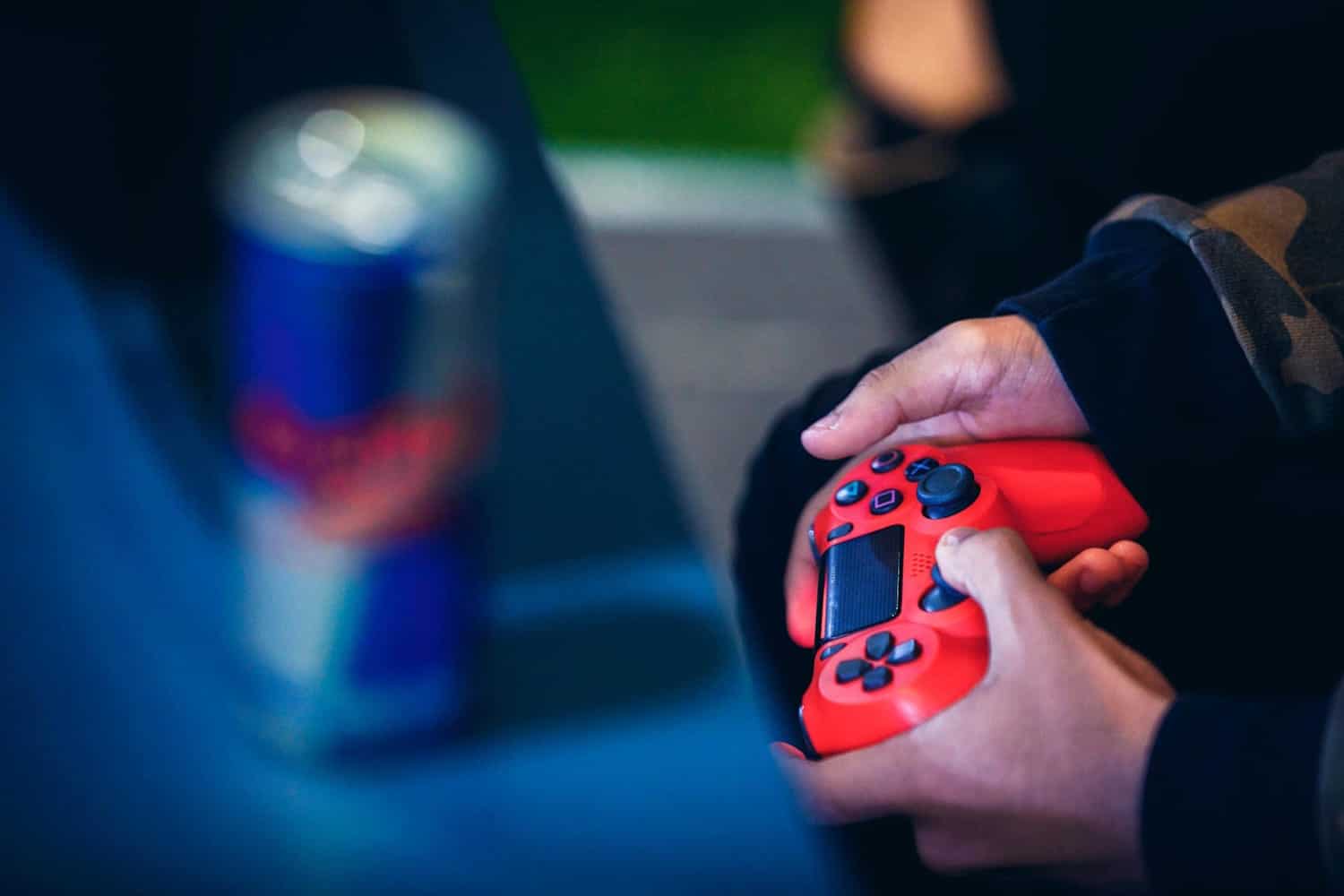
Many thought that Nvdia would only make the GPU for the PS3 ready for production and then withdraw, but that is not the case.
Nvdia even strengthens its partnership with Sony. They have been very satisfied with the collaboration with Sony so far, and will therefore continue this collaboration.
At the end of this post he made an interesting comment about the Xbox 360.
Furthermore, this message debunks the rumors that Sony only asked Nvdia at the last minute to put together a GPU for the PS3, Nvdia and Sony have been working together for years.
You can find the message here:
David Kirk, chief scientist at NVIDIA and leader of the teams behind the GeForce 7800 and PS3 graphics chips, has revealed that the company plans to work closely and extensively with Sony in the future.
“So far our relationship with Sony has been great,” he told UK website Bit-Tech. “We have a much closer relationship and share a much broader vision for the future of computing and graphics.”
While NVIDIA’s dealings with Microsoft have traditionally been based around a customer-supplier relationship, NVIDIA has worked in close co-operation with the Japanese giant to design the RSX chip for its next-gen console.
“When we came together a few years ago, we found a vision and experience that we shared,” Kirk explained.
“It sounds clichéd, but Japanese companies are often trying to create a vision and make the technology follow that, not the other way round.”
“We believed in that.”
Kirk said this is only the beginning of a long relationship between the two companies: “Our commonality has led to a number of product areas that go beyond PlayStation 3,” he revealed.
“The business deal is structured so that both companies benefit. It’s a really good relationship.”
Kirk went on to address the issue of unified versus discrete pipelines in graphics chipsets, which has been raised in recent weeks by claims from rival ATI that its Xbox 360 chipset will be more powerful than the PS3’s RSX due to its use of the unified model.
He pointed out that designing a graphics processor based on the unified model is extremely difficult to get right, explaining that “it’s a challenge to create a chip that does load balancing and performance prediction.”
“It’s extremely important, especially in a console architecture, for the performance to be predictable. With all that balancing, it’s difficult to make the performance predictable.”
“I’ve even heard that some developers dislike the unified pipe, and will be handling vertex pipeline calculations on the Xbox 360’s triple-core CPU,” he added.
Sony will stop offering Facebook on PS3 and PS Vita
More about the Cell chip of Sony’s PS3
More than 40 PS3 exclusives join PlayStation Now today
Free DLC for ‘LEGO Marvel’s Avengers’ announced for PS4 and PS3
Detailed differences between ‘Star Ocean 5’ on PS4 and PS3
Graphic comparison between ‘Star Ocean 5’ on PS4 and PS3
The PS3 version of ‘Star Ocean 5’ is delayed in Japan
‘Dynasty Warriors: Eiketsuden’ announced for PS4, PS3 and PS Vita
‘Attack on Titan’ arrives in the West in August for PS4, PS3 and PS Vita







































